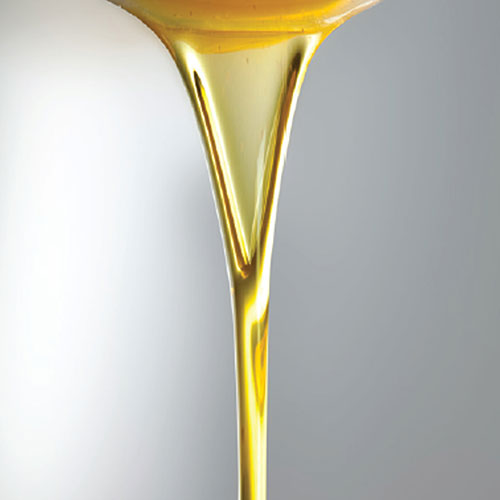Ask the Experts
 “What is an acceptable tolerance level for the viscosity index of compressor oil (32 viscosity synthetic oil) for a screw compressor?”
“What is an acceptable tolerance level for the viscosity index of compressor oil (32 viscosity synthetic oil) for a screw compressor?”
When it comes to issues of viscosity and viscosity index, there are several questions that must be answered in order to properly set limits and alarms for oil analysis and oil change-out parameters. One of the first things to determine is the proper viscosity to be used in the compressor. This usually requires some research in maintenance manuals as well as understanding which components are being lubricated by the oil. Within a compressor, there may be gearing, bearings, slides, seals and countless other components that will stress the lubricant in different ways and require a different viscosity.
For simplicity, let's assume that all internal parts need a viscosity of 5.5 centistokes and that the working temperature is 100 degrees C. If you are using ISO 32 oil with a viscosity index of 108, you will hit that viscosity at 100 degrees C. If the temperature increases, the oil will thin and you won't have the same lubricating flm needed to fully separate the machine surfaces. If a synthetic base oil or a different base oil with a higher viscosity index is used, the viscosity will be higher at the operating temperatures, providing a safeguard in case something were to happen in terms of higher operating temperatures or contaminants lowering the oil's viscosity. Reducing the operating temperatures with coolers or other means, or raising the ISO grade can also help you achieve a measure of safety.
If the viscosity index were to drop below 108 in this example, you would expect to see advancing signs of wear inside the machine. Therefore, you need to know the minimum operating viscosity to set an alarm and limit on that value. Most oil labs test industrial fluids at 40 and 100 degrees C. By using these two parameters, you can calculate the viscosity index and extrapolate the viscosity at whatever in-service temperature the compressor is operating.
You should take the approach of setting both upper and lower limits on viscosity, cautionary limits at plus or minus 5 percent, and critical limits at plus or minus 10 percent. Viscosity index could be included as well, as there are many reasons viscosity index could change throughout the life of the oil.
Perhaps the most common way viscosity index changes are by shearing down of the viscosity index improver additive. Over time this additive is cut into smaller pieces and loses its impact in the oil. You then see a drop off in the high temperature viscosity. Tis generally is measured or monitored by reading the viscosity at two temperatures. While there isn't a set level for viscosity index across the board, you can determine the required viscosity index for your machine and then set limits based on how much the viscosity will drop at a given operating temperature. Remember, with viscosity, in most cases it is better to err on the side of caution and have too much rather than not enough.
